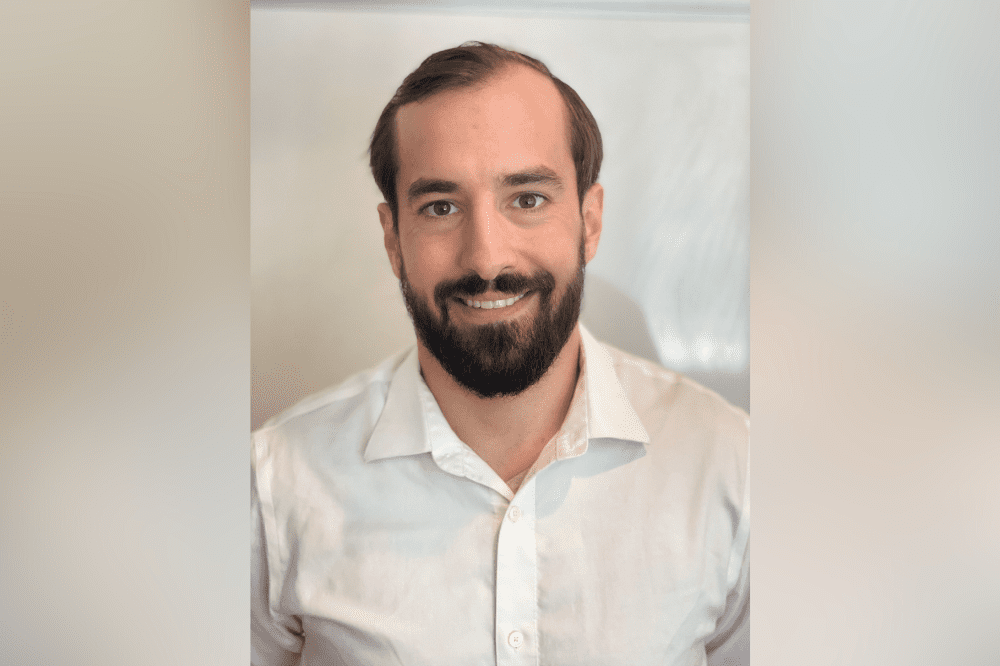Creating reusable data: Noldor’s aggregation technology

“One thing we’re attempting to do here … is not serve any one stakeholder unconditionally, but make sure we can go to any one of those stakeholders – in and of the platform – and provide a beneficial service to the actual customer,” Horneff explained.
Noldor, based in New York, launched in late 2021 and has gradually worked up to more than 12 employees and counting.
As a data aggregation company, Noldor’s core platform interacts with MGAs, delegated authorities, Lloyd’s coverholders and more. The company does this, Horneff said, in order to access “structured, unstructured or pseudo structured” risk exposure claims data that is then ingested, normalized and made into something “more validated and robust.” This allows easier data consumption among stakeholders in the delegated authority system including carriers, reinsurance brokers, Lloyd’s syndicates or vendors that may need data to deliver their services to MGAs and coverholders.
The technology is designed to integrate with any entity that has delegated underwriting authority regardless of their existing tech stack. It lets Noldor’s platform leverage artificial intelligence and machine learning to aggregate data, uncover hidden drivers of loss ratios and automate back-office functions like reporting.
In July, Noldor announced it raised a $10 million seed funding round led by the DESCOvery group at D.E. Shaw, a global investment and technology development firm based in New York City, and other strategic investors participated. Noldor’s founders launched the company in the DESCOvery venture studio.
The elephant and reusable data
Horneff turns to a parable to explain the company’s technology approach.
“You’re probably familiar with the parable of the blind Indians grabbing the elephant. One grabs a tusk. One grabs the tail, and they all disrupt different things. The problem I saw firsthand … is data access requests to MGAs and coverholders are just like that parable,” Horneff said. “The carriers care a lot about their cat modeling. The reinsurance brokers care a lot more about generating the reinsurance submission, and everyone has their own specific need for how that data is being deployed.”
Noldor’s job, he said, is to “sit above the fray” and create reusable data later on that can fill many of those cases. Its integration with an MGA is for bordereau reporting [a report prepared by an insurer for a reinsurer listing assets covered or actual claims paid], but also can be used to help generate reinsurance brokerage submissions.
“That requires us to get more data and make sure that we’re, every single day, reconciling and validating the data,” Horneff said. “[We’re] making sure that we’re flagging things that may break and trying to do our best to allow that assembly line of data ingestion to data analysis to go on and on, unhindered.”
Put a different way, Noldor helps streamline data exchanges with MGAs.
“These MGAs are sending six different things out to different people,” he said. “What we allowed them to do is send it to one person and deliver all six to other people … it’s a single point of connectivity so we can act as a data clearinghouse for access to the MGAs’ data.”
Key ingredients
Data extraction technologies, optical character recognition (OCR) and web crawling (a computer program that automatically searches web pages for certain keywords) help propel the Noldor platform.
“We just go super high level,” Horneff said. “We can leverage AI And machine learning in order to train ourselves on how we’re pulling data out and begin to automate some of the human steps that are required in order to validate that data.”
In addition, Horneff explained, Nordor can help bring expenses down through internal tooling that allows it to grab data without having to rely on an engineer to code the data.
“We’re getting to build out an internal technology stack that allows that to be done with a business analyst,” Horneff said. “I can drive down the cost it takes to do the [data] mapping while gaining the upside of the expertise of someone who may have spent 20 years in the industry and knows how to actually dictate but may not know how to code how the data needs to be translated.”





